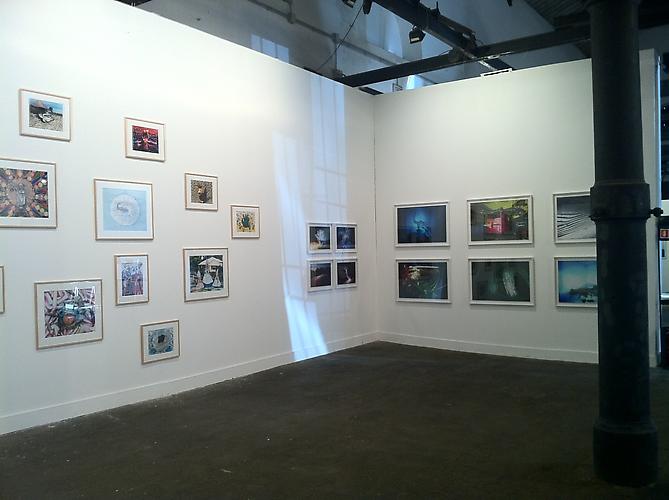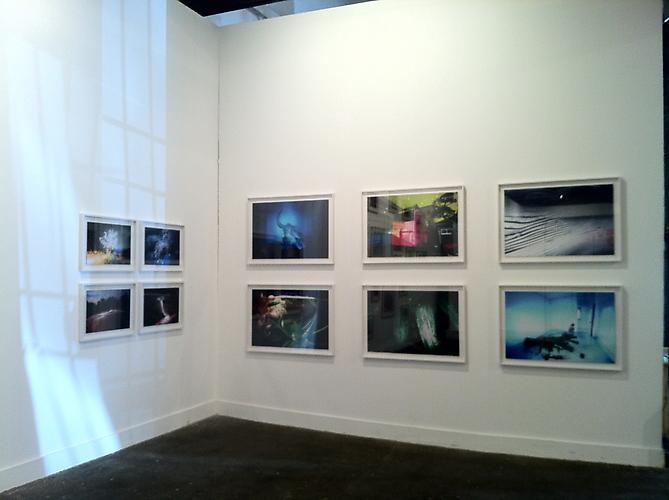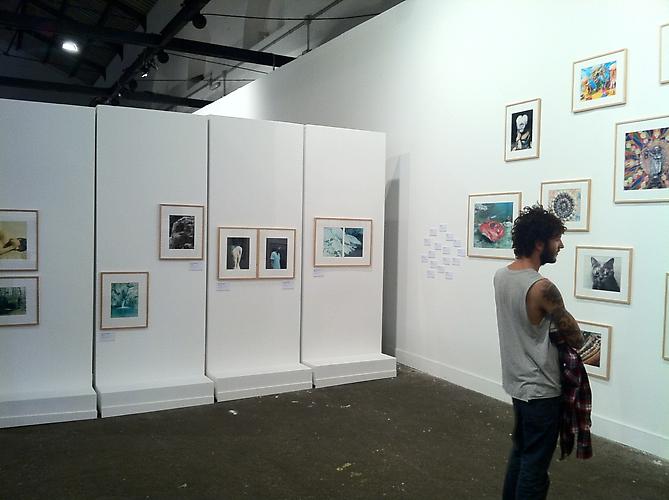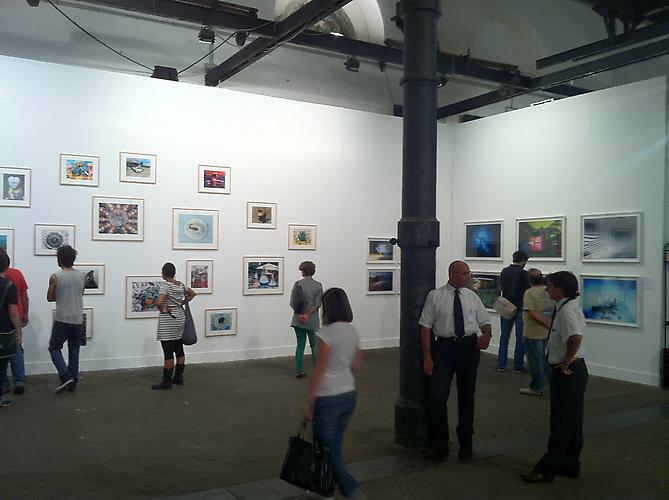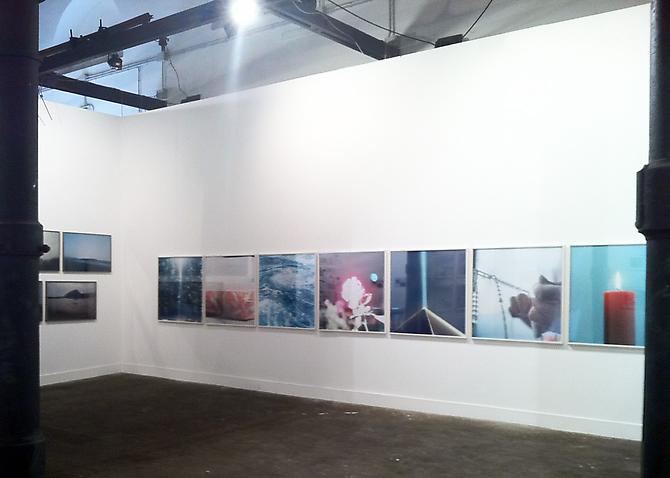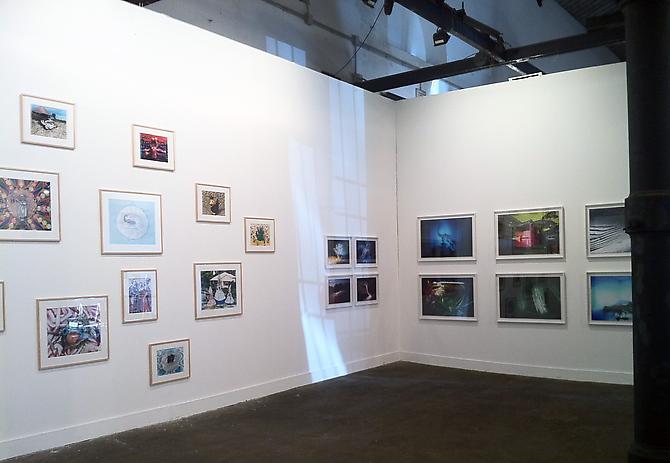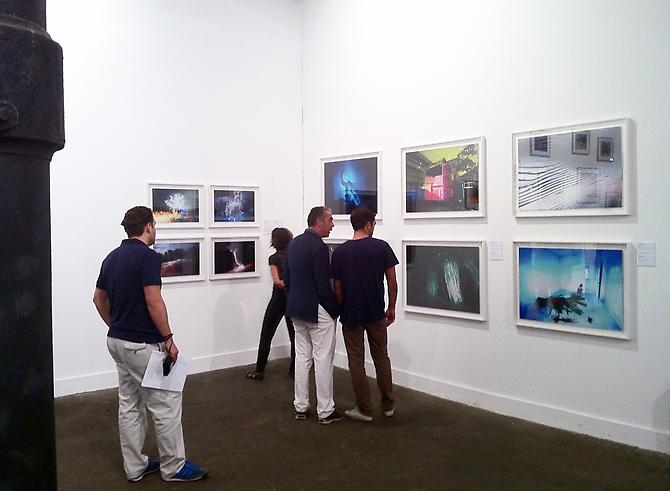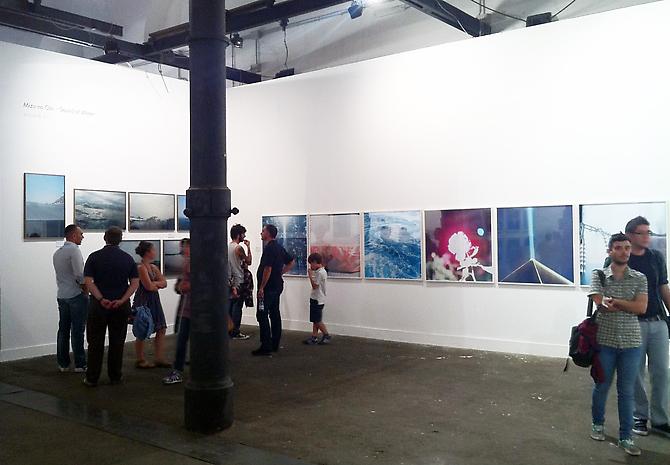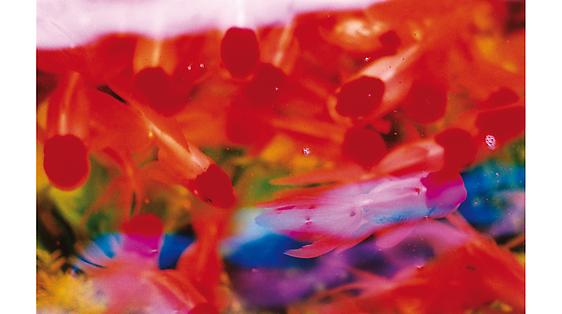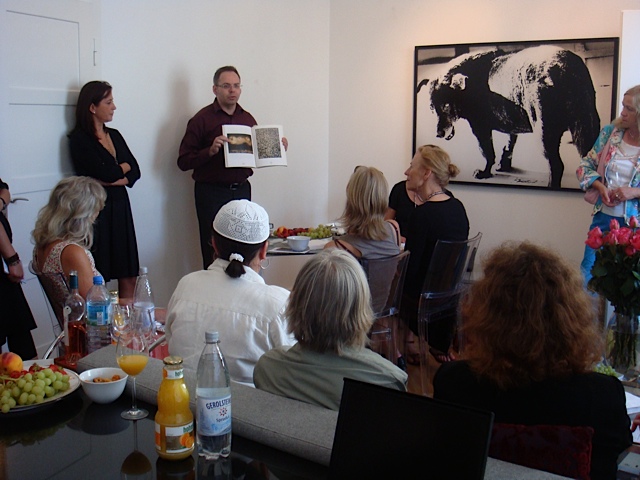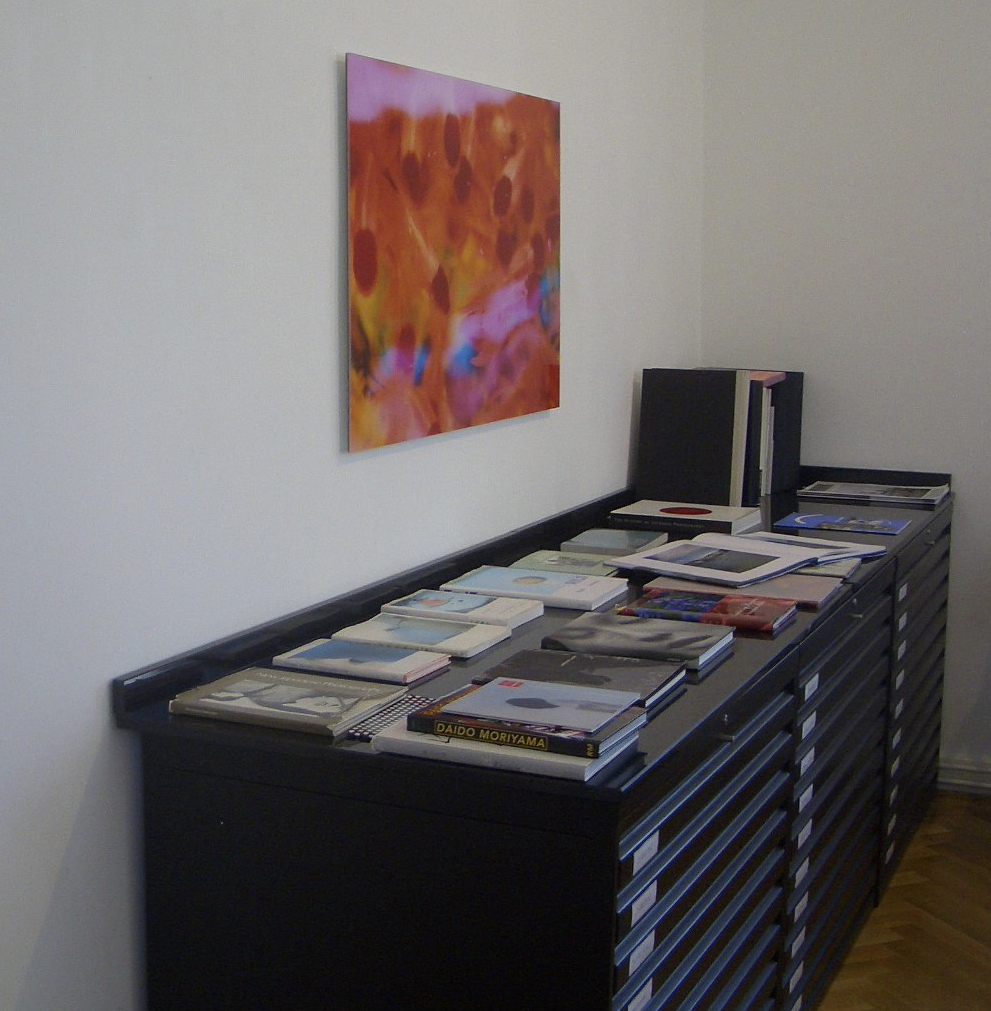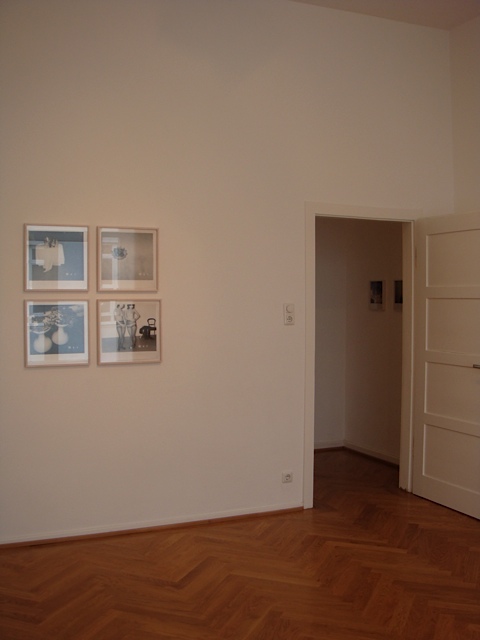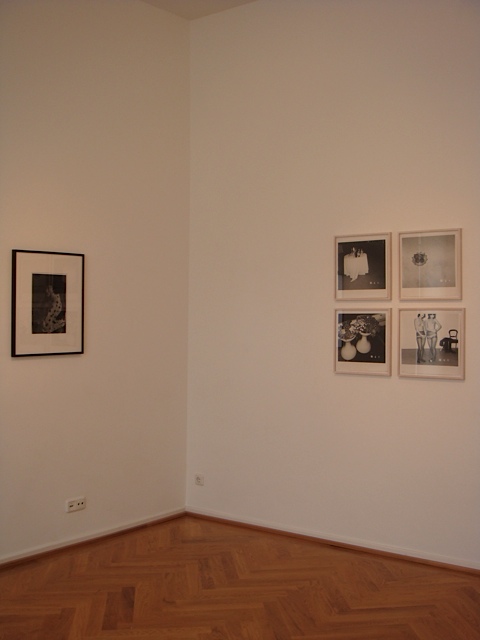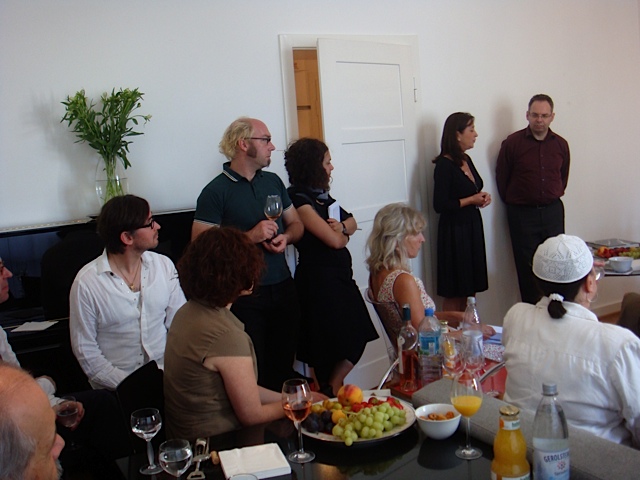Rinko Kawauchi, Lieko Shiga, Asako Narahashi and others, MIZU NO OTO at FotoGrafia. Festival Internazionale di Roma
MIZU NO OTO
Rinko Kawauchi, Lieko Shiga, Asako Narahashi and others
FotoGrafia – Festival Internazionale di Roma
September 23rd – October 23rd, 2011
FotoGrafia – Festival Internazionale di Roma
MACRO Testaccio
Curated by 3/3 in dialogue with Rinko Kawauchi
In co-production with Galerie Priska Pasquer, Cologne and G/P gallery, Tokyo
A haiku by Matsuo Bashô: “Into the old pond — A frog leaps. The sound of water.”
Water as an element is the common thread that binds together the work of five women photographers — some well known on the international scene, others young emerging artists — who, though differing greatly from each other, well represent the most interesting lines of Japanese photography in recent years.
The show titled Mizu no Oto: Sound of Water meshes perfectly with the theme “Motherland” chosen for this year’s photography festival. It explores the lines of a sensitivity expressed by close attention to tiny things, a deep tie to nature and the flow of existence by elaborating on a key image in Japanese art. From Hokusai’s The Great Wave to Asako Narahashi’s foreground waves, water is an energetic and vital element, metaphor for the cycle and cyclic character of life.
Though water may not be literally present, it takes us back to a liquid vision, a fluidity that creates points of contiguity between visual and emotional states, between macrocosmos and microcosmos, the real and the imaginary, the personal and the universal. Water becomes the vehicle of resonances charged with metaphoric and poetic power.
It is this plane of relating to reality — an idea of life and fate always projected in an utmost dimension — that connects these artists to the immediate experience, a concept that John Szarkowsky focused on in the exhibition “New Japanese Photography,” held in 1974 at the Museum of Modern Art in New York (curated by Szarkowsky and Shôji Yamagishi, it was the first major show of contemporary Japanese photography held outside Japan).
An ecstatic experience, a psychic state of suspension, in search of immediacy and unselfconsciousness: sensations, perception, images that strike us and come into contact with our innermost selves.
Lieko Shiga believes that “taking photos is not like shooting, but the reverse: it’s like being shot. I am shot, and the entire timeline of my existence is resurrected in the photograph. So, I think photography is the revival of eternal time and of eternal life.”
On the one hand, this relationship with the continuous flow of experience and existence brings us back to a constant present (as David Chandler notes in his afterword to Rinko Kawauchi’s latest book, Illuminance, as regards her relationship to memory) and to that skin-deep relationship made up of epiphanic events that Mayumi Hosokura narrates with her photos. On the other hand, though, this doesn’t mean eluding intention, such as is very much present and clarified in Yumilo Utsu’s playful creations.
The pictures created by these five photographers and their fluid approach are thus almost magically maintained in a state of delicate balance with reality. Their narrations open up to poetic and creative possibilities of existence that, though far from any Western-like objectivity, do not waive an open and at times even ironically explicit dialogue with the West.
FotoGrafia – Festival Internazionale di Roma
MACRO Testaccio
Curated by 3/3 in dialogue with Rinko Kawauchi
In co-production with Galerie Priska Pasquer, Cologne and G/P gallery, Tokyo
A haiku by Matsuo Bashô: “Into the old pond — A frog leaps. The sound of water.”
Water as an element is the common thread that binds together the work of five women photographers — some well known on the international scene, others young emerging artists — who, though differing greatly from each other, well represent the most interesting lines of Japanese photography in recent years.
The show titled Mizu no Oto: Sound of Water meshes perfectly with the theme “Motherland” chosen for this year’s photography festival. It explores the lines of a sensitivity expressed by close attention to tiny things, a deep tie to nature and the flow of existence by elaborating on a key image in Japanese art. From Hokusai’s The Great Wave to Asako Narahashi’s foreground waves, water is an energetic and vital element, metaphor for the cycle and cyclic character of life.
Though water may not be literally present, it takes us back to a liquid vision, a fluidity that creates points of contiguity between visual and emotional states, between macrocosmos and microcosmos, the real and the imaginary, the personal and the universal. Water becomes the vehicle of resonances charged with metaphoric and poetic power.
It is this plane of relating to reality — an idea of life and fate always projected in an utmost dimension — that connects these artists to the immediate experience, a concept that John Szarkowsky focused on in the exhibition “New Japanese Photography,” held in 1974 at the Museum of Modern Art in New York (curated by Szarkowsky and Shôji Yamagishi, it was the first major show of contemporary Japanese photography held outside Japan).
An ecstatic experience, a psychic state of suspension, in search of immediacy and unselfconsciousness: sensations, perception, images that strike us and come into contact with our innermost selves.
Lieko Shiga believes that “taking photos is not like shooting, but the reverse: it’s like being shot. I am shot, and the entire timeline of my existence is resurrected in the photograph. So, I think photography is the revival of eternal time and of eternal life.”
On the one hand, this relationship with the continuous flow of experience and existence brings us back to a constant present (as David Chandler notes in his afterword to Rinko Kawauchi’s latest book, Illuminance, as regards her relationship to memory) and to that skin-deep relationship made up of epiphanic events that Mayumi Hosokura narrates with her photos. On the other hand, though, this doesn’t mean eluding intention, such as is very much present and clarified in Yumilo Utsu’s playful creations.
The pictures created by these five photographers and their fluid approach are thus almost magically maintained in a state of delicate balance with reality. Their narrations open up to poetic and creative possibilities of existence that, though far from any Western-like objectivity, do not waive an open and at times even ironically explicit dialogue with the West.


